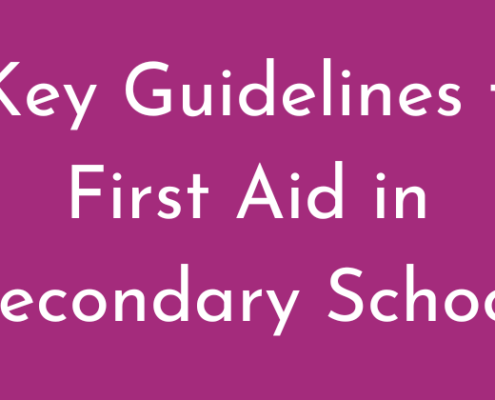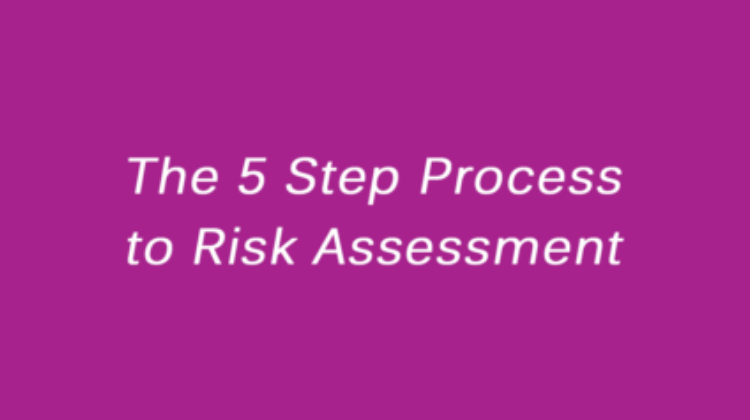Asbestos in Schools
Asbestos is present in many buildings within the UK. Most of these are 1950s to mid-1980s buildings, meaning asbestos in schools is common. Back then, its use was mainly fireproofing & insulation. HSE suggests that any building built before 2000 may contain asbestos.
Unfortunately, we now know that inhaled asbestos fibres can cause serious diseases. The Control of Asbestos Regulations 2006 ensures the correct monitoring & management of asbestos. These regulations place duties on those responsible for the maintenance of work premises. We know them as dutyholders.
Dutyholders have responsibility for protecting others from asbestos. In some schools, shared maintenance is often between the local authority and school. In other schools, the responsibility may fall solely on a governing body as the employer.
All dutyholders must ensure the proper management of any asbestos-containing materials (ACMs).
If your school contains ACMs, then this HSE asbestos in schools checklist will be helpful for you.
This checklist supports you in reviewing your asbestos control in school. Its step-by-step questions help you check whether suitable provisions are in place. As well as allowing you to record any further actions.
If you’re new to managing asbestos in schools,
Take a look at our FAQs below;
What is Asbestos?
Asbestos is a building material that was used in many buildings within the UK from 1950s to mid-1980s.
Where is asbestos found in schools?
Many schools, built before 2000, contain some form of asbestos. Asbestos-containing materials (ACMs) in schools include:
- asbestos lagging used as thermal insulation on pipes and boilers
- sprayed asbestos used for thermal insulation, fire protection, partitioning and ducts
- asbestos-insulating board (AIB) used for fire protection, thermal insulation, partitioning and ducts
- some ceiling tiles
- floor tiles
- cement roofing and guttering
Who’s at risk from asbestos in schools?
ACMs are at their highest risk in schools when disturbed or damaged. The most likely chance of this is through maintenance, repairs, or construction activities.
In Schools, it’s usually the caretakers & facilities teams which are at particular risk. But, any external contractors working on the school will also be at risk. Disturbing asbestos during such work can allow fibres to be released. Therefore, creating a serious risk for others in the school.
Asbestos in good condition and unlikely to become damaged or disturbed is not a significant risk to health. This is assuming proper management is in place.
This means that teachers and pupils are unlikely to be at risk during their normal activities. However, everyone should be aware NOT to undertake activities that damage ACMs. This includes tasks such as pinning or tacking work to insulation board or ceiling tiles.
Who’s responsible for managing asbestos is school?
The dutyholder is responsible for asbestos in school as part of their maintenance and repair duties. For most schools, the dutyholder is the employer.
The employer varies for schools depending on their type. These may be;
- The Local Authority – Community schools, voluntary-controlled schools, maintained nurseries & pupil referral units
- Proprietor, Trustees or Governors – Independent Schools
Where the local authority delegates the budget for building management to the school, both share the duty to manage asbestos.
The authority’s written scheme for financing maintained schools will set out categories of work. This is for both the delegated school budget and the local authority budget. Both parties will therefore have ‘dutyholder’ responsibilities for the premises.
Does a school need to close if there is an asbestos problem?
HSE expects schools to manage the risks from asbestos-containing materials (ACMs) on an ongoing basis. You may need to temporarily close a building if asbestos becomes disturbed or damaged.
The focus should ALWAYS be on preventing exposure in the first place.
Anyone with responsibility for maintenance and repair in schools has a legal duty to manage asbestos risks. This means they can identify asbestos in buildings, assess its condition and managing the risks. Overall ensuring that people do not become exposed to asbestos fibres.
The school should have sensible plans that are kept up to date and acted upon.
Most schools ensure regular training for those who may come into contact with asbestos. Allowing them to identify and assess its condition.
UKATA is a well recognised awarding body who offer asbestos awareness training. Take a look at the course here for your Caretakers & Facilities team.
Need to book in your staff for asbestos awareness,
Visit our course below…
Information from HSE Asbestos in Schools













